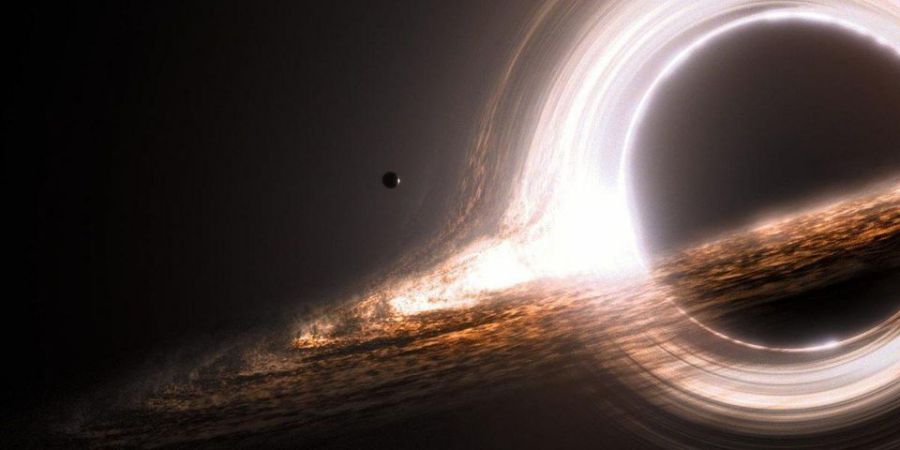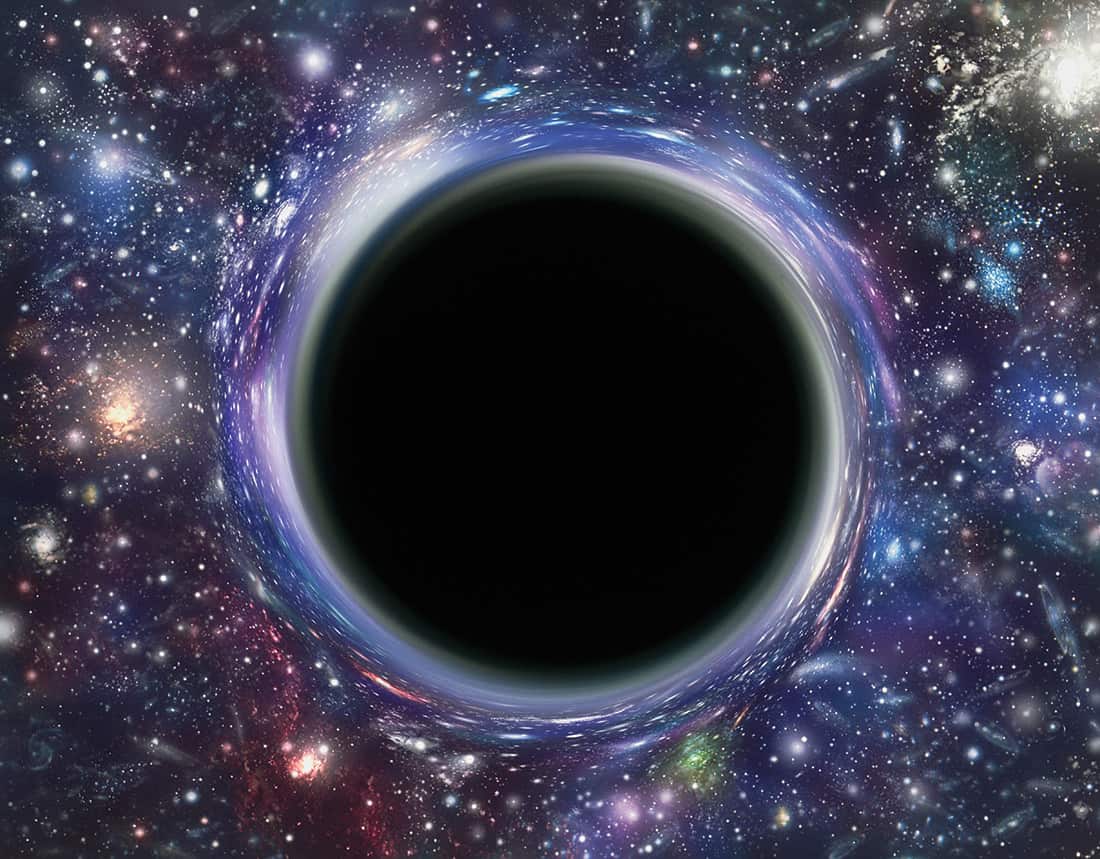

A blackhole isn't truly a hole. It's quite the opposite. A Blackhole is a place in the space containing an enormous amount of mass packed very tightly together. And it has the capacity to draw in more mass all the time. These object have so much mass - and therefore gravity - that nothing can escape them, not even light. That makes them some of the most extreme object in the universe.

How are Blackholes formed ?
A blackhole forms from the death of a large star ( at least 10times bigger than our sun) exploding at the end of it's life in a supernova. The Sun, being to small, won't even become a blackhole; it will expand, contract and cool off in its death process.
The constant fusion of hydrogen to helium creates the energy and radiation from a star. A star is in a stable state for most of its life as the energy pushing out from the star balances with the Gravitational force pulling in.
At the end of the Star's life , star like our Sun will continue fusion elements together like helium to carbon, carbon to neon, but not much further. Large star will continue fusing elements until the star reaches iron. Iron is a very stable element , and gravity alone cannot compress it further. Iron builds up in the core, and the internal pressure of the energy radiating outward becomes out of balance with the pressure of the gravity pulling inwards. The outer layer of the star is no longer supported by the radiation pressure of the nuclear fusion, and the star gravity pulls the outer layers into the core. When the incompressible core connects with the outer layers, a shockwave is sent through the densely packed star, which results in fusion of the other elements on the periodic table after iron.

Will Sun Ever turn into a Blackhole?
The sun does not have enough mass to collapse into a blackhole. In billions of years, when the sun is at the end of its life, it will become a radiant star. Then, when it has used the last fuel, it will throw off its outer layers and turn into a glowing ring of gas called a planetary nebula. Finally all that will be left of the sun is a cooling white dwarf star.
Type of Blackholes:
There are four types of Blackholes: stellar, intermediate, super massive, and miniature. The most commonly know way a black hole forms is by stellar death. As the stars reach their end of their lives, most will inflate, lose mass, and then cool to form white dwarf. But the largest of these fiery bodies, those at least 10 to 20 times as massive as our own sun, are destined to become either super-dense neutron star or so called Steller-mass blackhole. Our galaxy The Milky Way may have some 100 million such Blackholes. Astronomers estimate a new one forms every second.
How do you observe Blackholes?
Astronomers observe blackholes by watching the light from the stars in the background warp as the gravity of the blackhole pulls on the light. They also observe stars as they cross the ‘event horizon’ ( the point of no return) and the radiation emitting from blackhole. But not everything gets pulled into the Blackhole. There is an orbital pattern to the objects near some Blackholes. They get closed to Blackhole and then are ‘flung’ out again.

Hope you enjoyed reading my Blog.
Please do like Like, Share, Comment and follow!!!
Happy Reading !!! Happy Blogging !!!
















